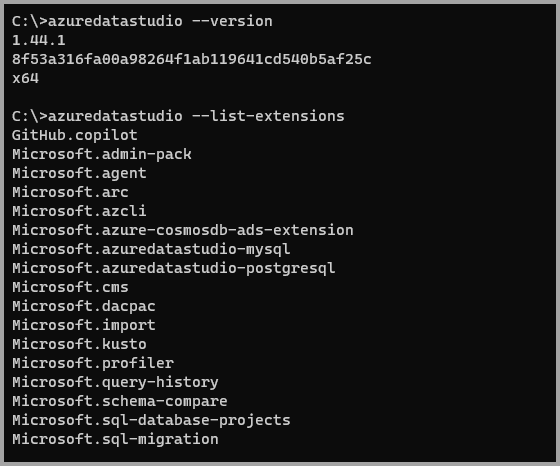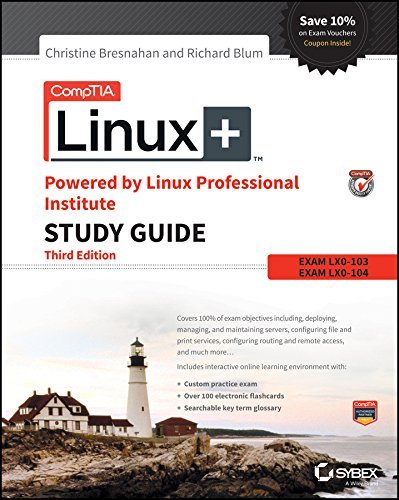Embark on your Linux journey with these essential books for beginners.
The Linux Programming Interface: A Linux and UNIX System Programming
Whether you are interested in developing applications for Red Hat Enterprise Linux, Ubuntu, or any other Linux distribution, this book will provide you with the fundamental knowledge you need to get started. It is a comprehensive guide that will help you understand the inner workings of the Linux operating system and how to leverage its capabilities for your programming projects.
With clear explanations and practical examples, *The Linux Programming Interface* is a valuable resource for anyone looking to enhance their programming skills in a Linux environment. Whether you are a beginner or an experienced programmer, this book will help you gain a deeper understanding of Linux and UNIX system programming.”
Linux Pocket Guide: Essential Commands
The Linux Pocket Guide is a must-have resource for beginners learning Linux. This book covers essential commands that are crucial for navigating the operating system efficiently. It is a handy reference for users looking to familiarize themselves with the Linux command-line interface.
With concise explanations and examples, this guide helps users grasp the basics of shell commands and scripting. Whether you are using Red Hat Enterprise Linux, Fedora Linux, or Ubuntu, this book is a valuable resource for mastering key concepts in Linux.
From file system management to package installation, this guide covers a wide range of topics that are essential for beginners. Whether you are a programmer, system administrator, or just curious about Linux, this book will help you build a solid foundation in this powerful operating system.
The Linux Command Line: A Complete Introduction
“The Linux Command Line: A Complete Introduction” is a must-read for beginners looking to master the **command-line interface** in Linux. This book covers everything from basic commands to more advanced topics like shell scripting and **file systems**. With clear explanations and practical examples, it’s a great resource for anyone looking to enhance their **Linux** skills. Whether you’re a new user or an experienced programmer, this book will help you navigate the **Unix shell** with confidence.
Get your hands on a copy and start your journey towards becoming a **superuser** in no time.
Linux Bible
Whether you’re interested in learning about the shell, file systems, or package managers, the “Linux Bible” has you covered. You’ll also find information on topics like scripting, virtualization, and troubleshooting, making it a valuable resource for anyone looking to expand their Linux knowledge. With this book in hand, you’ll be well on your way to becoming a Linux expert.
So if you’re ready to dive into the world of Linux, be sure to pick up a copy of the “Linux Bible” and start your journey today. Whether you’re a beginner or looking to expand your knowledge, this book is a valuable resource for anyone interested in learning more about this powerful operating system.
Unix and Linux System Administration Handbook
With detailed explanations and practical examples, this handbook will guide you through setting up and maintaining a Linux system with ease. Whether you are new to Linux or looking to expand your knowledge, this book has something for everyone.
Learn about shell scripting, package management, file systems, and more with this essential guide. With the help of this book, you’ll be able to navigate the Linux environment like a pro in no time.
If you’re serious about learning Linux, make sure to add the Unix and Linux System Administration Handbook to your reading list. It’s the perfect companion for anyone looking to take their Linux skills to the next level.
Linux for Beginners: An Introduction to the Linux Operating System and Command Line
– If you’re new to Linux and looking to dive into the world of open-source operating systems and command line interfaces, there are several great books out there to help you get started.
– One highly recommended book is “Linux for Beginners: An Introduction to the Linux Operating System and Command Line” by Michael Kerrisk. This book covers the basics of Linux, including the shell and Bash commands, as well as more advanced topics like file systems and package managers.
– Another excellent choice is “Linux Basics for Beginners” by IBM, which provides a comprehensive overview of Linux distributions, the kernel, and common shell scripts used in programming.
– “The Linux Command Line” by Hewlett-Packard is also a valuable resource for beginners, offering in-depth explanations of shell scripting and virtualization techniques.
– These books are perfect for anyone looking to gain a solid foundation in Linux and start their journey towards becoming a proficient superuser.
Advanced Programming in the UNIX Environment

Whether you are a seasoned programmer looking to expand your knowledge or a beginner eager to learn more about Unix programming, this book is a great starting point. By understanding the intricacies of the Unix environment, you can unlock the full potential of Linux as a powerful operating system for development and deployment.
With “Advanced Programming in the UNIX Environment,” you can gain a deeper understanding of the inner workings of Linux and enhance your programming skills. Whether you are interested in system programming, network programming, or shell scripting, this book covers it all in a clear and concise manner. Take your Linux training to the next level with this essential resource.
Linux: The Complete Reference
With detailed explanations and practical examples, Linux: The Complete Reference will help you understand the kernel, file systems, package managers, and more. Whether you are interested in scripting, cloud computing, or troubleshooting, this book has you covered.
By the time you finish reading this book, you will have a solid foundation in Linux and be ready to tackle more advanced topics. Add Linux: The Complete Reference to your reading list if you are serious about mastering Linux.”
Linux Kernel Development

“Understanding the Linux Kernel” by Daniel P. Bovet and Marco Cesati is another great resource. This book delves deeper into the inner workings of the Linux kernel, offering detailed explanations and examples.
For those interested in **shell scripting**, “The Linux Command Line” by William E. Shotts Jr. is a fantastic choice. This book covers everything from basic commands to advanced scripting techniques.
Whether you’re new to Linux or looking to expand your knowledge, these books are essential for anyone interested in Linux kernel development. Happy reading!
Command Line Kung Fu
| Title | Author | Description |
|---|---|---|
| Linux Command Line and Shell Scripting Bible | Richard Blum | This comprehensive guide covers everything from basic commands to scripting and automation, making it perfect for beginners. |
| The Linux Command Line: A Complete Introduction | William E. Shotts Jr. | This book provides a thorough introduction to the command line and covers essential commands and concepts for new users. |
| UNIX and Linux System Administration Handbook | Evi Nemeth, Garth Snyder, Trent R. Hein, Ben Whaley | While not specifically focused on the command line, this book is a great resource for learning about system administration tasks, including command line usage. |















